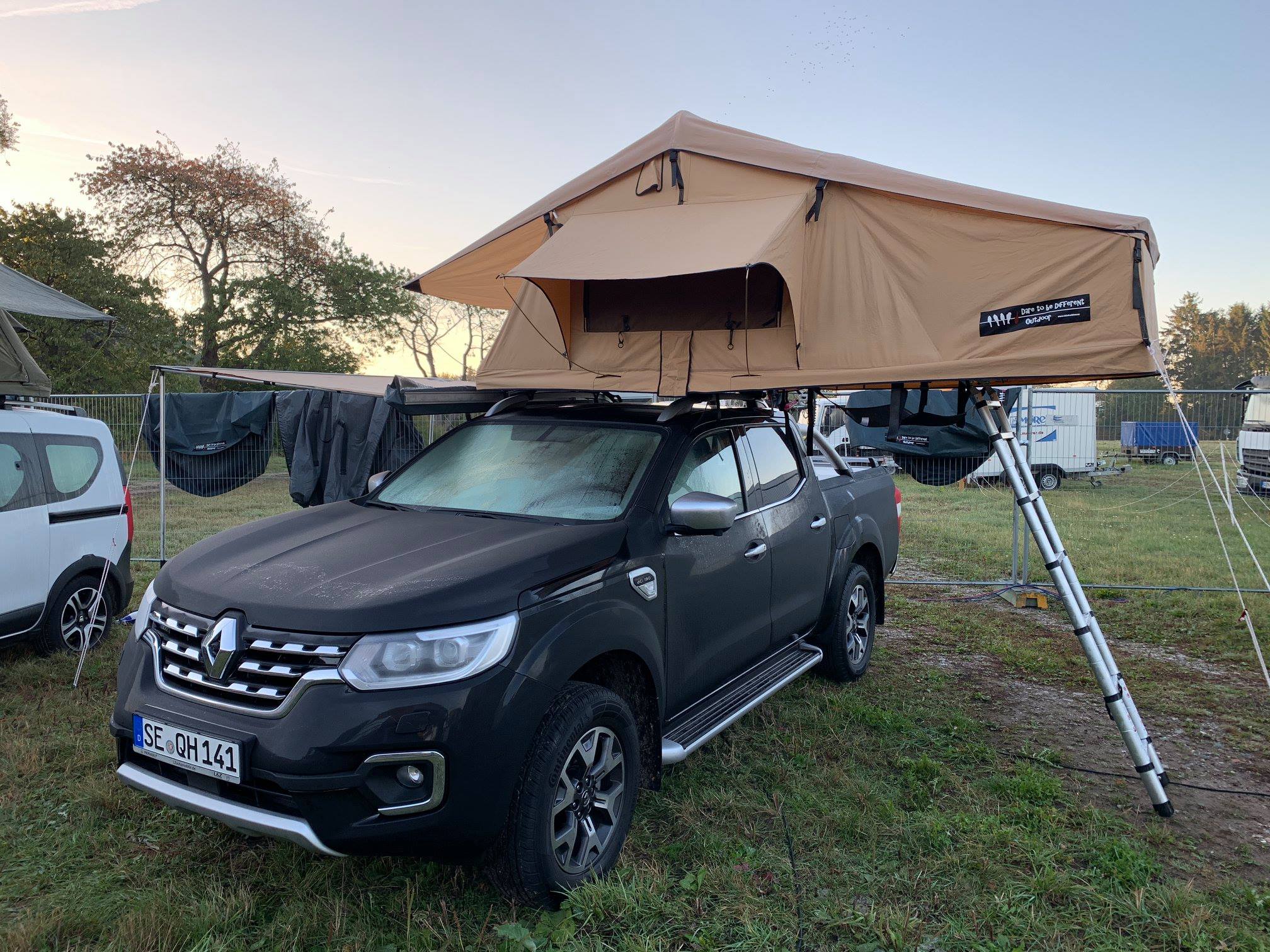-
The classic rain gutter mounting: Here you have a curved edge, the rain gutter, on the side of the roof. This is where the base or roof rack is positioned with a clamp around the rain gutter.
-
Low / closed / integrated roof rails: These rails are often positioned along the entire length of the roof. The advantage is that you can easily move the roof racks further apart. But roof load is sometimes low.
-
A completely smooth roof: The feet clamp around the door pillars. For mounting, you have to open the doors and the feet clamp around the roof edge. Sometimes there are openings in the doorpost to secure the roof rack with bolts or pins. Please note that some cars have doorposts with instructions where the roof rack should be placed.
-
Open roof rail: The carrier feet clamp around the roof rails. The advantage is that you can easily move the roof racks further apart. But roof load is sometimes low.
-
Fixed mounting points: The roof racks have fixed mounting points on the roof. Simple fixing with screws or a special clamping system. Usually higher load capacity than other methods. Due to the fixed mounting points, it is not possible to vary the distance between the roof rack.
What if the attachment is above the carrier foot?
It can happen that the roof rack mounting points are too close to each other and that the roof tent profiles come right up to these mounting points.
In that case the mounting of the roof tent can be shifted to the inside or the outside. We have an adapter set for this. Ask your dealer for it.








